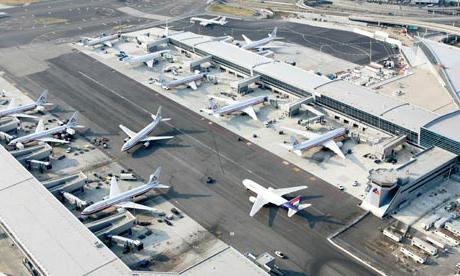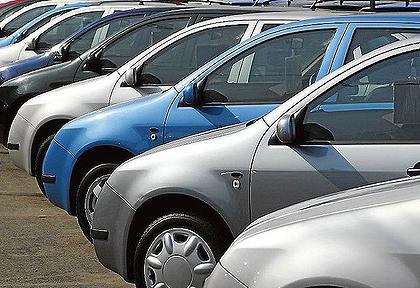Oligopoly - what kind of structure is this?
In our time, find the country in which theall the conditions of pure competition, it is quite difficult. Almost every market is dominated by one or more monopolists, which have a decisive influence on its further development, and if it were not for the constant monitoring by state bodies, the opportunities for entrepreneurs to engage in entrepreneurship would be much less. One of the most common forms of imperfect competition today is the oligopoly. This concept for many still remains vague, and therefore let's consider it in more detail.

Definition of term
Oligopoly is such a market formimperfect competition, in which there is a very small group of sellers in a particular market. At the same time, increasing their number due to newcomers is either impossible or extremely difficult. In other words, oligopoly is when sellers can be counted on the fingers.
Signs and types
Allocate the following features of this market structure:
- Standardized or differentiated products.
- A large number of buyers and a small number of companies.
- The presence of strong protective barriers to enter the market possible competitors.
- The interdependence of firms from each other, which somewhat limits the control of prices.

There is another definition of this typeCompetition closely related to the value of the Herfindahl Index. This is the name of the indicator by which you can quantify the degree of monopolization of the market. It is calculated by the formula:
HHI = S12 + S22 + ... + Sn2, where
S - percentage share of sales of each company.
The maximum value is 10,000 (netmonopoly), and the minimum value is limited to a ratio of 10000 / n, where n is the number of companies in the industry (assuming that the shares of these firms are equal). It is considered that the oligopoly is a market for which the value of this index exceeds 2000. Since 1982, this index plays a huge role in "antitrust" legislation: if the ratio in some industry exceeds 1000, the state begins to control any mergers and acquisitions of firms. Depending on what type of products are produced in the market, it is customary to distinguish the following types of oligopoly: pure and differentiated. In the first case, a uniform standardized product is produced (for example, cement, aluminum, copper), and in the second - a variety of products of the same functional purpose (for example, cars, chambers, tires).

Oligopoly: examples from life
Some people are puzzled: "Why are such expensive loans in Russia?" Bankers are justified by the high level of risk and the high cost of raising funds. But in fact - it's just a screen, behind which lies a higher (in comparison with European indicators) margin. Half of the entire banking system is controlled by six banks: the Bank of Moscow, VTB 24, Rosselkhozbank, Gazprombank, Sberbank and VTB. There is a classic case of oligopoly, and even under the wing of the state. Other examples include the passenger aircraft market (Airbus, Boeing), the car market, large household appliances, etc.
</ p>
